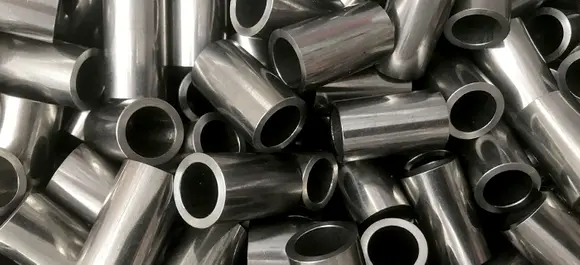Mobile:+86-311-808-126-83
Email:info@ydcastings.com
self priming pump impeller
Self-Priming Pump Impeller An Overview
The self-priming pump has emerged as a significant innovation in fluid mechanics, especially in the fields of water management, irrigation, and various industrial applications. A crucial component of this type of pump is its impeller. Understanding the design and function of a self-priming pump impeller can significantly enhance the efficiency and effectiveness of fluid transport systems.
What is a Self-Priming Pump?
A self-priming pump is specifically engineered to be capable of drawing fluid into the pump without requiring manual priming. This feature is incredibly advantageous in scenarios where a continuous flow is necessary but where the pump is positioned above the source of the liquid. The self-priming characteristic minimizes operational downtime due to the lack of need for external priming devices or procedures.
The Role of the Impeller
The impeller is the heart of the self-priming pump. It is responsible for imparting energy to the fluid, facilitating its movement through the system. In a self-priming pump, the impeller design is distinctively structured to ensure that it can handle the complexities associated with air-liquid mixture handling.
Design Features of a Self-Priming Impeller
1. Specific Geometry The geometry of a self-priming pump impeller typically includes an extended shroud and a unique blade arrangement. This design helps to maximize the velocity and pressure of the fluid while allowing air to escape efficiently.
2. Self-Priming Ratio The self-priming ability is linked to the impeller's ability to create a vacuum within the pump casing, which effectively draws the liquid from the source. A well-designed impeller can achieve self-priming in a shorter time frame, enhancing overall performance.
3. Material Selection The durability and efficiency of a self-priming impeller largely depend on the materials used in its construction. Impellers are often made from corrosion-resistant materials such as stainless steel or high-grade plastics, which can withstand varying fluid densities and aggressive chemical properties.
4. Performance Optimization Many manufacturers focus on optimizing the impeller design for different applications. For instance, variations in the pitch angle of the impeller blades can influence the flow rate and head generated by the pump.
self priming pump impeller

Benefits of Self-Priming Pump Impellers
The incorporation of a sophisticated impeller in self-priming pumps brings numerous benefits
- Efficient Operation Self-priming pumps equipped with robust impellers can maintain efficient operation over extended periods, reducing the need for maintenance and lowering operational costs.
- Versatility These pumps can handle a wide array of fluids, including those that contain solids or are viscous, making them ideal for various applications ranging from construction to agriculture.
- Time-Saving The elimination of manual priming cuts down on setup time, allowing for immediate use. This feature is particularly advantageous in emergency situations where quick access to water is critical.
Applications and Industries
Self-priming pump impellers are widely used across various industries. In agriculture, they facilitate irrigation systems by providing a reliable water supply. In the construction industry, they are essential for dewatering applications, especially on job sites that are prone to flooding or water accumulation. Additionally, they find utility in wastewater management, chemical processing, and marine applications.
Conclusion
The significance of the impeller in a self-priming pump cannot be understated. Its innovative design enables seamless fluid movement, efficiency, and versatility that meets the demands of various industries. As technology advances, the research and development of self-priming pump impellers will likely lead to further enhancements in performance and reliability, making them an even more invaluable tool in fluid management systems worldwide.
The integration of advanced materials and engineering techniques will undoubtedly expand the horizons for self-priming pumps, establishing their importance in both current and future applications in the realms of fluid dynamics and machinery.
-
Why Should You Invest in Superior Pump Castings for Your Equipment?NewsJun.09,2025
-
Unlock Performance Potential with Stainless Impellers and Aluminum End CapsNewsJun.09,2025
-
Revolutionize Your Machinery with Superior Cast Iron and Aluminum ComponentsNewsJun.09,2025
-
Revolutionize Fluid Dynamics with Premium Pump ComponentsNewsJun.09,2025
-
Optimizing Industrial Systems with Essential Valve ComponentsNewsJun.09,2025
-
Elevate Grid Efficiency with High-Precision Power CastingsNewsJun.09,2025











